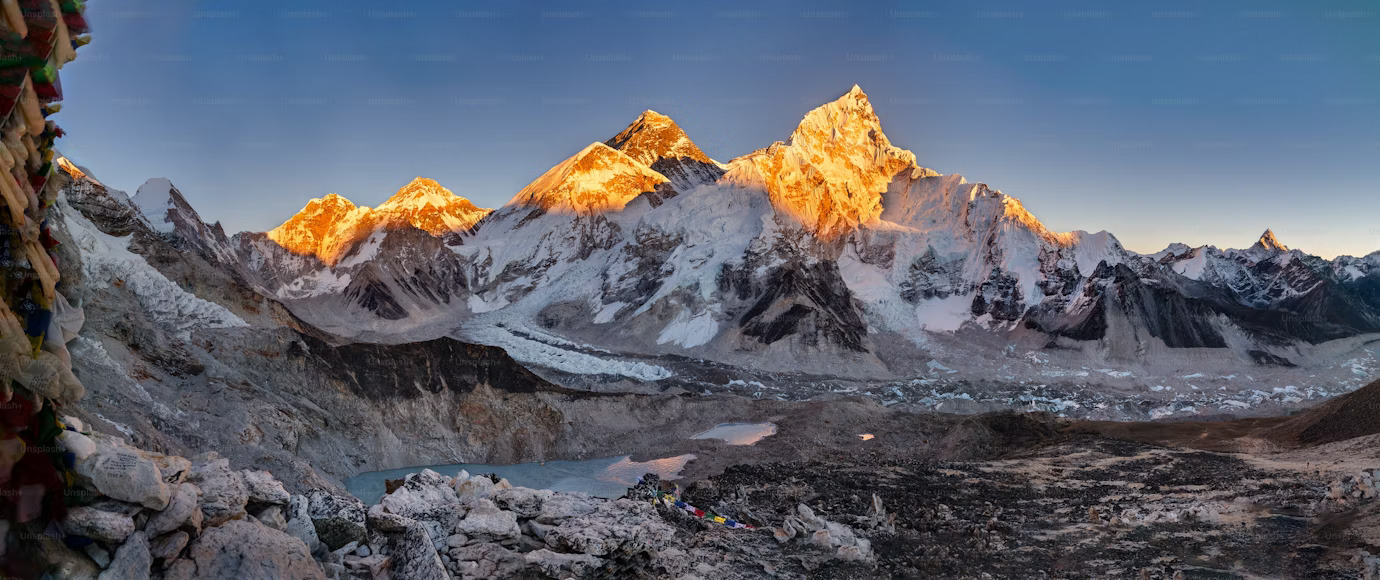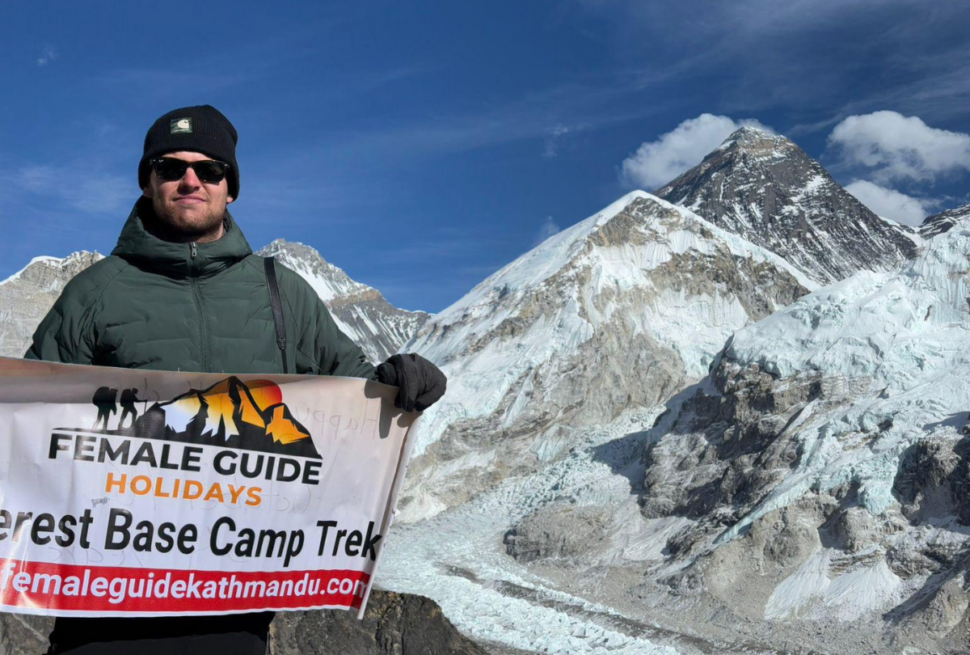Nepal has officially updated its list of mountains towering above 8,000 meters, increasing the number from eight to 14. This revision, announced by the Department of Tourism, is a significant step in recognizing additional peaks within the country’s Himalayan range. However, the updated tally still requires global validation from the International Mountaineering and Climbing Federation (UIAA), the governing body recognized by the International Olympic Committee.
The newly recognized peaks include four from the Kanchenjunga range—Yalung Khang (8,505 meters), Yalung Khang West (8,077 meters), Kanchenjunga Central (8,473 meters), and Kanchenjunga South (8,476 meters)—and two from the Lhotse range—Lhotse Middle (8,410 meters) and Lhotse Shar (8,400 meters). These additions bring Nepal’s official count of 8,000-meter peaks to 14.
Previously, Nepal’s list of globally recognized 8,000-meter peaks included Everest (8,848.86 meters), Kanchenjunga (8,586 meters), Lhotse (8,516 meters), Makalu (8,463 meters), Cho Oyu (8,201 meters), Dhaulagiri (8,167 meters), Manaslu (8,163 meters), and Annapurna I (8,091 meters). Outside Nepal, other 8,000-meter peaks are located in Pakistan and China, such as K2 (8,611 meters), Nanga Parbat (8,125 meters), and Shishapangma (8,027 meters).
The Department of Tourism has published the revised peak profile on its website as a preliminary step toward international recognition. Thakur Raj Pandey, senior vice president of the Nepal Mountaineering Association (NMA), emphasized that the government is preparing the necessary documentation to present the updated list to international bodies. “Once the Cabinet approves the list, it will strengthen our case for global recognition,” he said.
Narayan Prasad Regmi, director general of the Department of Tourism, explained that the updated list is a preliminary claim. “Our next step is to submit the list to the UIAA for official recognition. We are currently verifying Geographic Information System (GIS) data and other essential details to ensure the submission is robust,” he added.
The process of documenting these new peaks has been ongoing for over a decade. In 2013, a 10-member committee led by Purna Chandra Bhattarai, then joint secretary at the Tourism Ministry, submitted a detailed report recommending the inclusion of these six peaks. A subcommittee, chaired by Ang Tshering Sherpa, former president of the NMA, was later formed to finalize the task. This subcommittee included representatives from various government agencies, including the Survey Department, Nepal Army, Armed Police Force, and Nepal Police, as well as mountaineering experts.
Buddhi Narayan Shrestha, a border expert and former director general of the Survey Department, led the technical working group responsible for compiling GIS data and other critical information about the peaks. “Multiple studies have confirmed that Nepal has 14 peaks above 8,000 meters. The government needs to take a firm stance on this matter,” Shrestha stated.
The classification of multiple peaks within the same mountain range as separate mountains has been a topic of debate. According to Sherpa, a peak is considered distinct if the col distance (the lowest point on the ridge between two peaks) is at least 500 meters and if it has a separate climbing route not shared with any other peak.
Nepal has been advocating for international recognition of these additional peaks for over a decade. In 2013, the UIAA’s Agura Project identified five peaks in Nepal for potential recognition, with a sixth added later. However, the proposal was delayed due to technical reasons and subsequent events, such as the 2014 Everest avalanche and the 2015 earthquake.
The recognition of these peaks holds significant implications for Nepal’s mountaineering industry. If approved, it could boost tourism revenue by attracting climbers seeking new challenges. In 2023 alone, Nepal issued over 2,500 climbing permits, generating Rs850 million in revenue. The addition of six more 8,000-meter peaks could further enhance Nepal’s appeal to mountaineers worldwide.
Nepal is home to 3,310 peaks above 5,500 meters, with 1,913 requiring mountaineering gear. So far, 468 peaks have been opened for commercial expeditions. The recognition of these new 8,000-meter peaks would not only elevate Nepal’s status in the mountaineering world but also contribute to the growth of its tourism industry, providing new opportunities for climbers and boosting the local economy.



